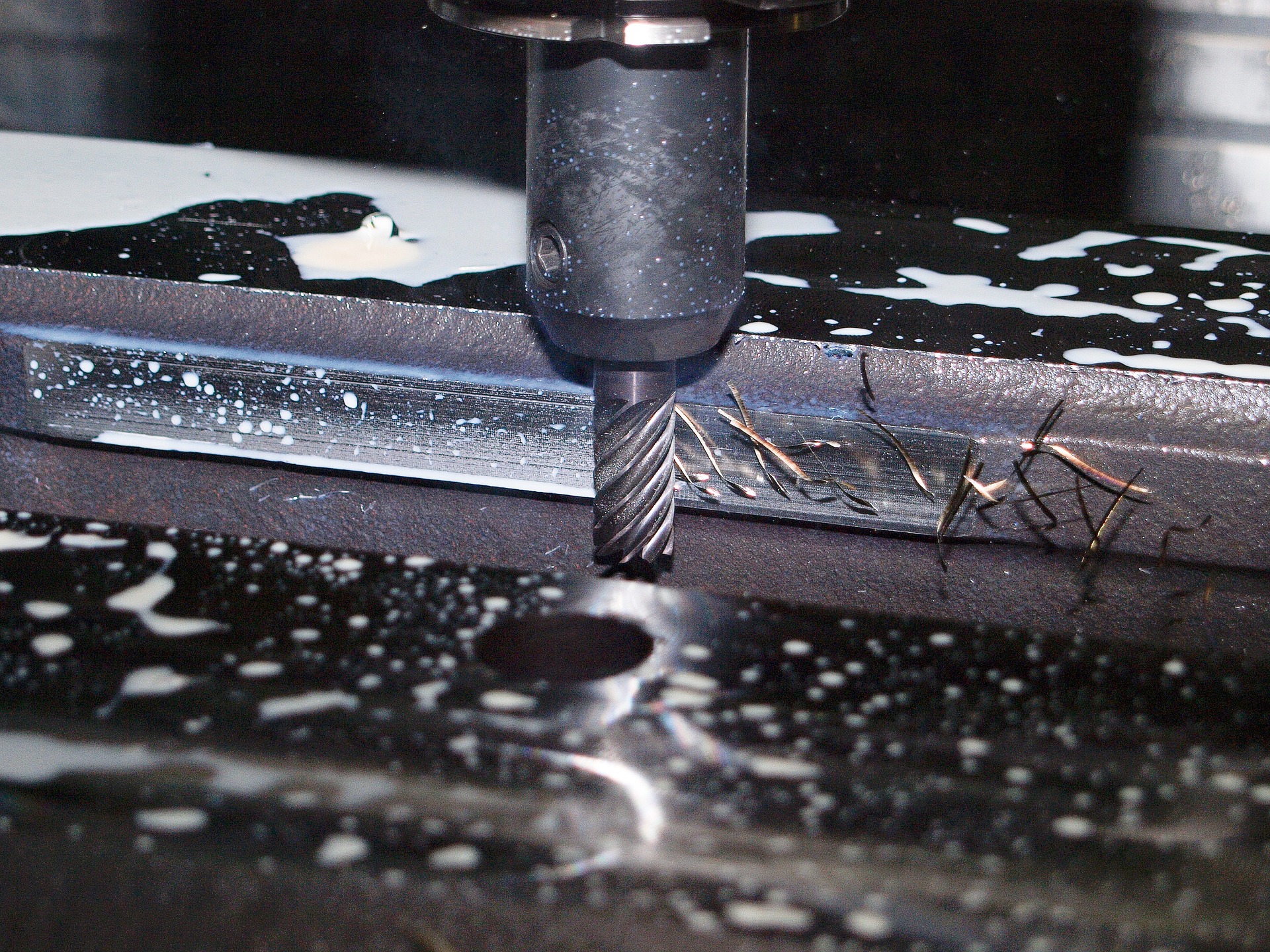
In the wake of the Silicon Valley Bank collapse, one key word has dominated the tech finance community discourse: diversification.
Diversification is a key part of treasury management and should be an ongoing financial process. Put simply, there’s a reason why having all your eggs in one basket is a bad thing – if the basket is suddenly out of reach for whatever reason, you might be in trouble!
At CloudNC, in the early stages of the company, our financial needs were mostly met by one body – Silicon Valley Bank – which could have created short-term problems if we’d stood pat with our financial affairs. But after we raised our $45m Series B in 2022, we were keen to ensure we were as responsible with our funds as possible.
So, post-Series B, we sought to diversify our holdings in order to spread risk. In addition, we also wanted to, if possible, generate returns over the runway period from notice accounts and money market funds.
So – what did we do?
Spreading the risk....
Firstly, we looked to diversify.
That meant ensuring we had at least two operational current accounts: making sure we could have access to banking, even if one account was down. (In practice, we ended up running our Direct Debits from one account, and our day-to-day banking payments and payroll from another.)
We also built up a ‘war-chest’ – basically, at least six-month’s runway, split across two different low-risk investment products / notice accounts.This combination ensures we are, we hope, never in difficulty, at least in the short term.
Without wanting to sound self-satisfied, when the SVB situation darkened and many UK tech peers were suddenly concerned with short-term liquidity and their ability to meet payroll, this wasn’t a problem we faced, precisely because of the precautions we’d already taken.
…and reaping some rewards
When you raise a large funding round, you suddenly have a large amount of cash on hand – and not all of it is supposed to be spent right away. So, how do you make the best use of that lump sum, while still maintaining flexibility?
At CloudNC, post Series B, we’ve used investment products like money market funds. However, we only invest in instant access, highly liquid funds that, in-turn, only invest in AAA rated investment products. These products are low risk and inherently diversified, as they only hold a small portion of the fund in any asset.
The other benefits? Money market funds are both instant access, and offer relatively high rates of return. That combination means you don’t have to keep buffer capital in your current accounts that wouldn’t earn interest, allowing you to generate higher returns – which is critical when you have a large amount of cash on hand.
For our notice accounts, we only use systemic banks which are coined “too big to fail” to reduce the risk of default – again, reducing the risk to us in any worst-case scenario.
Looking after the pennies - and the pounds
None of this is financial wizardry – just good housekeeping. We were given capital to invest in the growth of CloudNC, and our duty is to use it to grow this business, as mandated by our investors.
However, recent events show that it can be treacherous out there – even for well-established, respected financial names. For us, given the inflationary environment and our multi-year spending runway, to not invest our capital for at least some return would be a mistake that would erode our buying power massively.
So, it’s a must to be able to invest responsibly, while continuing to maintain access to cash across a spread banking portfolio in order to minimise risk. Ultimately, no-one can predict a bank run (or even a bank crash!) – but we can arrange our affairs so even an event like that can be overcome.
(Photo by Andre Taissin on Unsplash)




